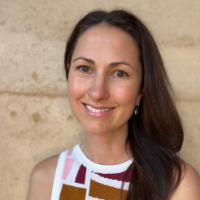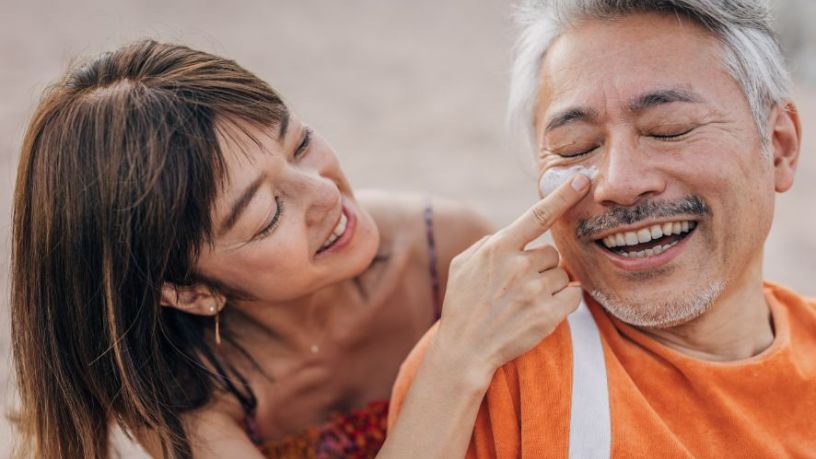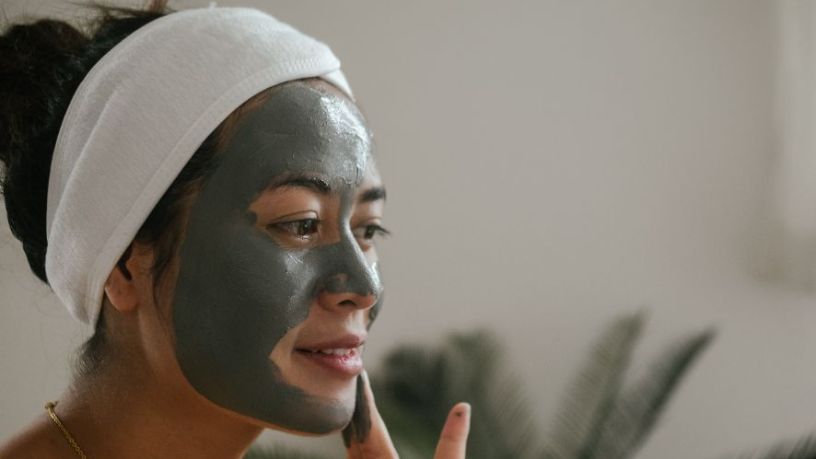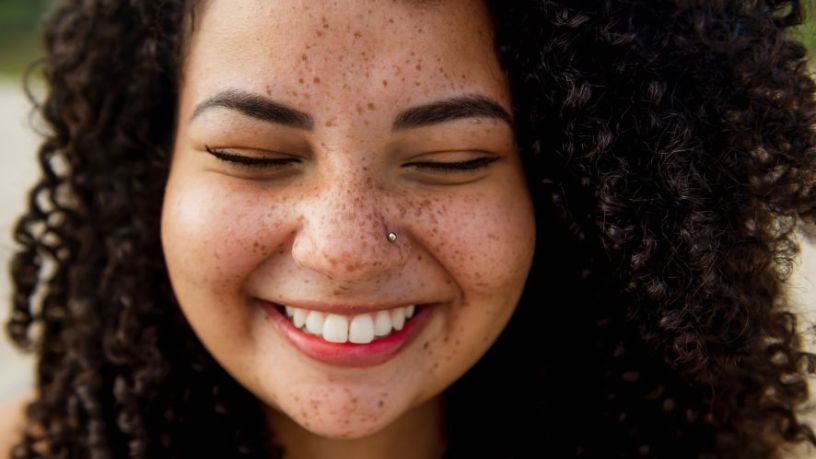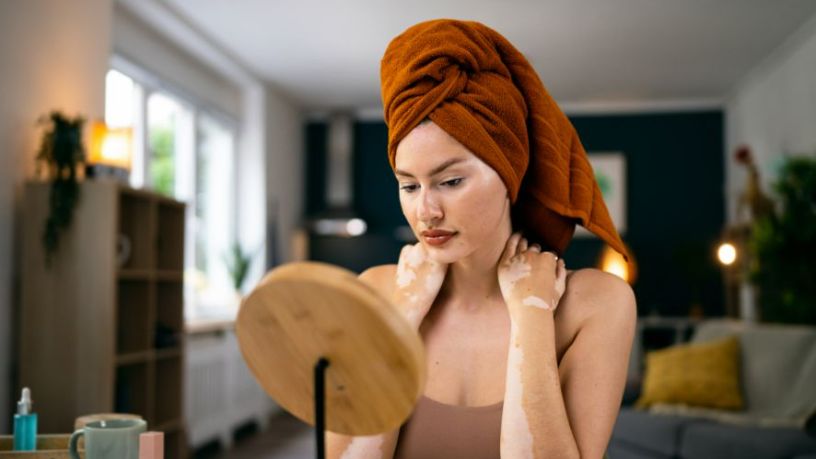Skin cycling was a term coined by a US-based doctor and has gained global popularity.
Key takeaways
Skin cycling simply means having certain days when you perform steps, such as using active products, while other days doing the bare minimum to let the skin repair.
It’s best to see a qualified skin specialist before using heavy-duty active products on your skin to ensure you aren’t going to cause damage or irritation.
If skin cycling is all over your socials you’re not alone. If you have absolutely no idea what skin cycling is, you’re not alone there either.
Let’s break down what skin cycling is, how it’s done, and if you need to bother.
What is skin cycling?
Skin cycling is essentially using your products strategically to maximise results and incorporating rest days, so you don’t overdo it.
The term ‘skin cycling’ was coined by New York dermatologist Whitney Bowe, MD, whose TikTok videos have seen the trend go global.1
An introductory skin cycling routine is a 4-night cycle.
- Day one: Exfoliation
- Day 2: Use retinoid serum (retinol or retinaldehyde)
- Day 3: Recovery and hydration
- Day 4: Recovery and hydration
- And repeat.
How does skin cycling work?
The idea is to prime the skin on day one, by removing the dead skin cells so the active product (retinoid) you’re using can penetrate the skin and work more effectively.
On day 2, you apply your retinoid (vitamin A-based products) which are said to reduce the appearance of fine lines and wrinkles, even skin tone and help treat break outs.2
While retinoids are often hailed as a ‘fix all’, they can irritate the skin when you first introduce them, so go easy. They can also make your skin more sensitive to the sun, so don’t forget to apply sunscreen every day.
Days 3 and 4 are active-free so the skin can rest, recover and re-hydrate.
Should I skin cycle?
The term skin cycling might be new, but dermal therapist Yads Cauchi says many in the industry have been doing it for years, it just didn’t have a name.
Overusing exfoliants and retinoids can damage your skin, causing redness, dehydration and irritation.
The idea of ‘rest days’ is to give the skin barrier time to repair.
“In clinic I tend to see a lot of what goes wrong when people over exfoliate and overuse actives,” says Yads. “It’s so important to have nights off because our skin also needs a lot of hydration and support.”
The benefits of skin cycling
The real benefit of skin cycling is that it strips your skincare routine back to basics, says Yads.
“Skincare can be really confusing. There are so many active products in the market and too often people buy what they think they need without seeing a professional,” she says. “Many consumers are becoming ‘bathroom chemists’, not realising they’re overdoing it with their skincare.
“Simply knowing the ingredients in your routine and following a structured routine can make a big difference.”
Yads says skin cycling is ideal for people who are just starting out with serums and those with sensitive skin.
“Skin cycling is a way to introduce active ingredients into your routine in a safe and effective way,” she says.
But the 4-day cycle isn’t a one-size-fits-all approach.
“It's not going to be beneficial for people who are seasoned, active users, or people with thickened or mature skin that need more from their active,” says Yads. “I've been using actives for over 10 years. If I went back to using a retinoid and exfoliant once or twice a week, I wouldn't be able to get the results that I'm after with my skincare.”
It's also important to remember that everyone's skin is different.
“You might need to adjust the rest days depending on your skin type, tolerance and the strength of the products you’re using.”
How to start skin cycling
To start a skin cycling routine you’ll need:
- cleanser
- moisturiser
- exfoliant
- retinoid (retinol)
- sunscreen (SPF30+ or above).
Yads recommends seeing a professional to find the right products for your skin type.
“A dermal therapist or dermal clinician will be able to guide you towards a formula, product or strength that's going to be beneficial for your skin,” she says. “Without that, you’re shopping blindly.”
Many clinics offer free consultations or a cash-back on the consult when you buy products.
Yads also recommends a simple and consistent routine of cleansing, moisturising and wearing SPF every morning, plus a double cleanse (to remove any make up and SPF) and moisturising at night.
“I’m big on simplifying routines because I see a lot of issues with clients using too many products and not really knowing what each step does, or why they’re using what they're using.”
And remember, less can create more, as long as you’re consistent.
“Sometimes simplifying your routine is going to get you better results because you're actually using ingredients and products designed for your skin.”

At Bupa, trust is everything
Our health and wellbeing information is regularly reviewed and maintained by a team of healthcare experts, to ensure its relevancy and accuracy. Everyone's health journey is unique and health outcomes vary from person to person.
This content is not a replacement for personalised and specific medical, healthcare, or other professional advice. If you have concerns about your health, see your doctor or other health professional.
1Macdonald, M. (2022). Skin cycling is the latest beauty trend on TikTok. Is it actually good for you?. ABC News.
2Harvard Health Publishing. (2022). Do retinoids really reduce wrinkles?. Harvard Health Publishing.
You might also like...
How to choose the perfect sunscreen
A good sunscreen is one of the most important pieces of a flawless Aussie beauty routine, but which kind works best for your skin?
Have you been greenwashed?
Natural and sustainable products are gaining popularity. But how can we know if a brand is the real eco deal or just green washing?
7 common skincare myths
From retinols to acids and vitamins to treatments, skincare can feel overwhelming and confusing. Here are 7 common skincare myths and tips.
Natural vs organic skincare: What’s the difference?
What’s the difference between ‘natural’ and ‘organic’ skincare, and are these products really better for your face and the planet?

